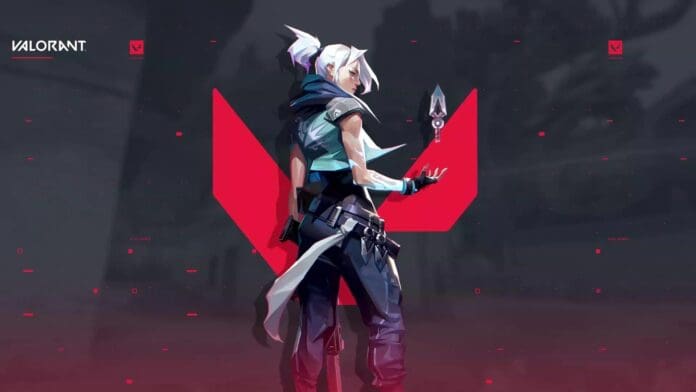Since its release in 2020, Riot Games’ Valorant has amassed a sizable player following. The game’s main hook is the employment of “agents,” which are essentially playable characters with their own set of skills and methods of going about missions.
In Valorant, your rank determines how high you stand on the competitive ladder. In order to level up their abilities and rise through the ranks, players need to learn new tactics.
Since the game’s debut, there have been a few changes to Riot’s entire ranking system for shooters. However, specific changes have been made to the guidelines for the competition.
Episode 5 has introduced certain adjustments, such as a new ranked division that greatly lessens the gap between the teams.
Riot Games wanted to make sure that the more competitive lobby faced less discrepancy, thus they added a relatively new rank called Ascendant in Episode 5 Act 1 of the game. Due to being placed against opponents of similar levels, Diamond players quickly adapted to the new category.
How does the competitive ranking system work?
Currently, players need a level 20 account to access Valorant’s competitive mode. It may sound simple, but achieving Account Level 20 takes a lot of time and effort. However, the challenge allows players to learn about the game’s Agents and gain a feel for the game’s general flow.
After a game, a player’s RR is calculated by factoring in every kill, direct assist, and non-damaging assist they had.
When it comes to Valorant’s competitive matches, having a higher Average Combat Score also counts for more RR. The RR is affected in a variety of ways by each of the aforementioned parameters. As a result, it is crucial for players to keep a respectable kill-to-death ratio in online tournaments.
Playing the game in a competitive mode and working your way up the ranks will earn you these benefits. Each standing has three tiers till Immortal. But Radiant is different because it only considers the top 500 players in a given region.
A rank-lock system is available from Riot Games, preventing players from falling in rank after losing a set number of RR. They now have the opportunity to improve upon their previous performance as a result of this.
Those who perform exceptionally well in competitive encounters may be eligible for a double promotion, accelerating their ascent in rank. Most often this occurs when lower-ranked players dominate their superiors.
Users must play five placement matches to get a rank in Valorant’s competitive mode. Whether they win or lose doesn’t really matter throughout these games. During these crucial placement matches, each player’s individual performance is given the utmost weight.
Gaining ground in the ranks after initial placement is a function of both individual and team performance. One’s placement rank ranges from “Iron,” the lowest possible, to “Ascendant,” the greatest possible.
The scoring system used in the game may, for the most part, be comprehended with little effort. It assigns a score to each person that is referred to as the matchmaking rating and then uses that score to rank each person (MMR).
This is nothing more than a number that shifts players into different ranks after each competitive match in the title, and it changes after every single match.
The game’s ranking system is interesting since it factors into a player’s personal performance in addition to their overall win/loss record.
For more exclusive esports and gaming content, please follow TalkEsport on Google News.




